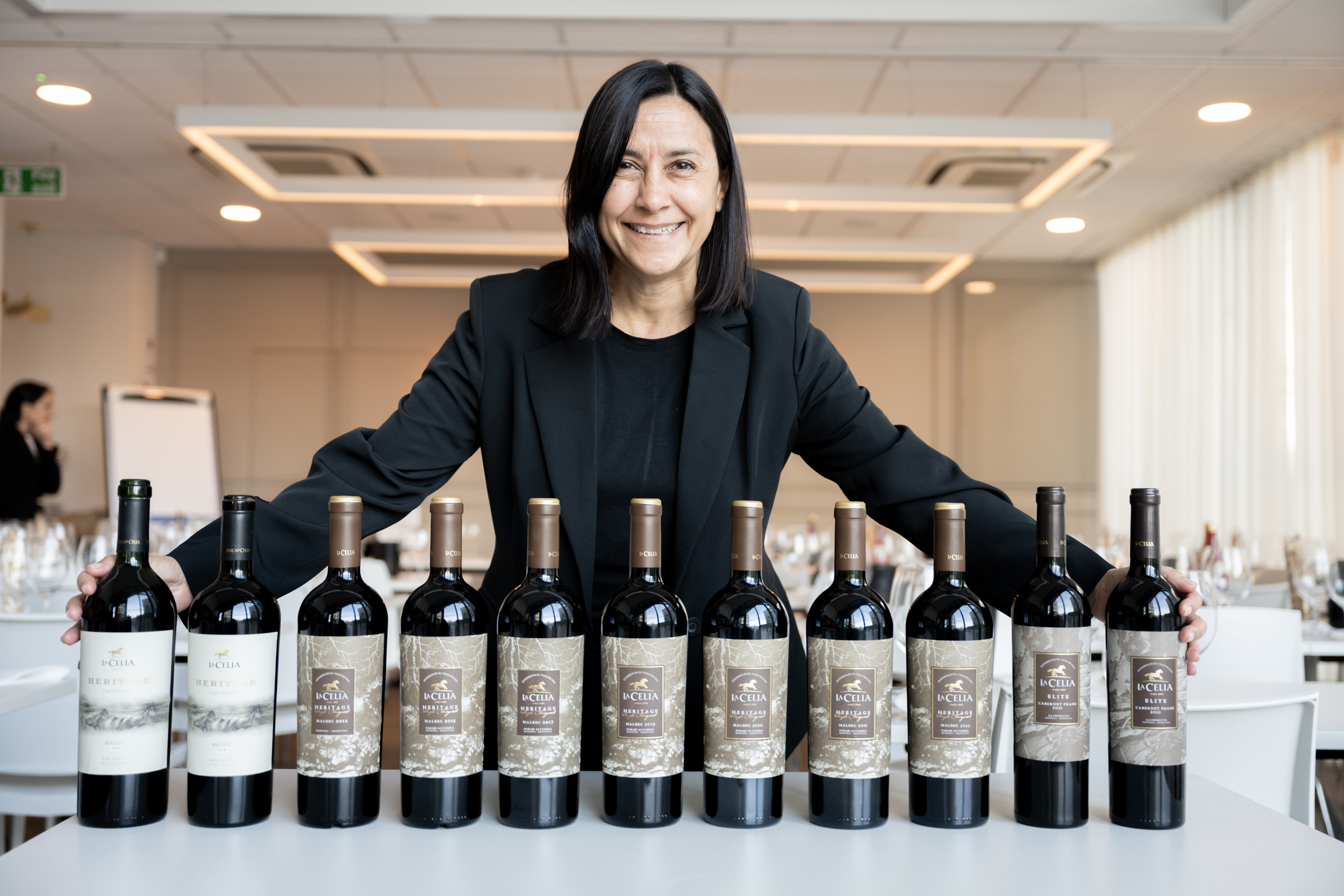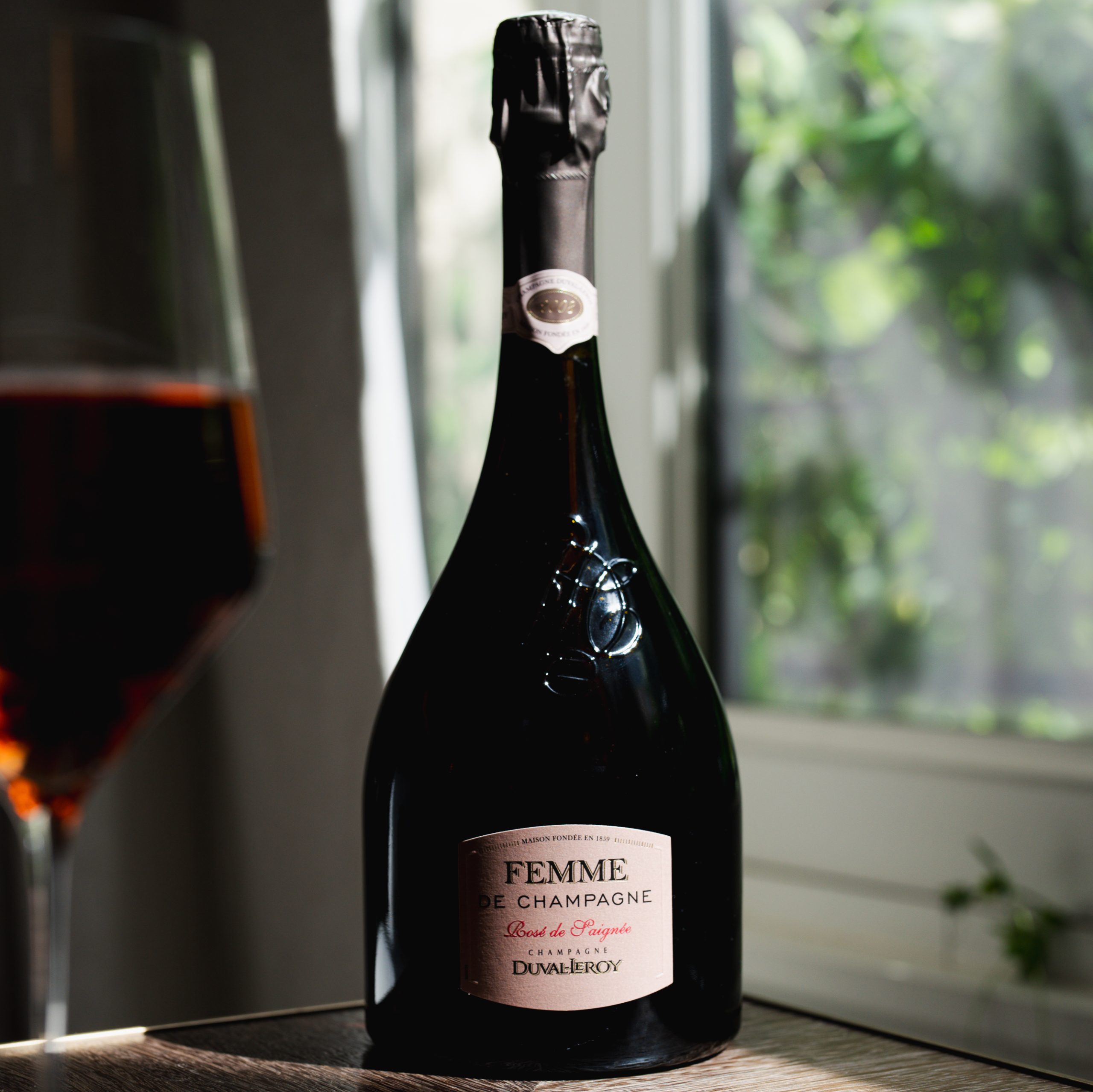These indigenous Taiwanese communities are bringing back ancient winemaking
By Leona De PasqualeLeona De Pasquale heads to Taiwan to discover why the country’s indigenous rice and millet wines deserve a comeback.
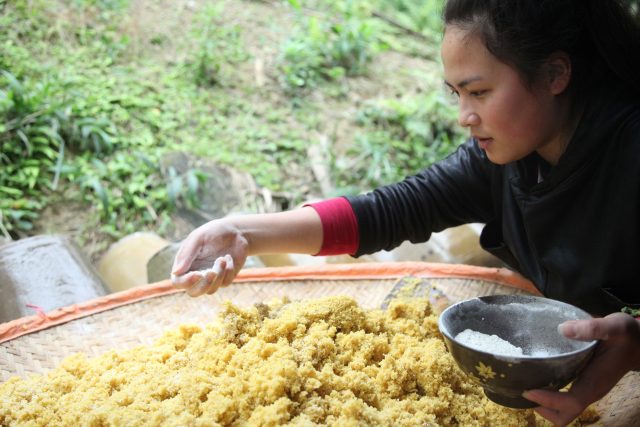
Millet, an ancient grain found in parts of Africa and Asia, was the staple food of indigenous Taiwanese for millennia.
The grain was revered under animistic beliefs for its spiritual significance. That was until the 19th century, when glutinous rice was supplanted for the ancient grain, relegating traditional millet-based wines to mere tourist souvenirs.
The past decade has seen a return to tradition, however, and a renaissance of millet wine has emerged, with modern twists bringing it to fine-dining restaurants and retailers throughout Taiwan. This revival is more than a culinary trend; it represents a reclaiming of cultural pride and heritage for Taiwan’s indigenous communities.
Millet cultivation in Taiwan dates back at least 5,000 years, with rituals conducted at each stage of cultivation. Millet winemaking was widespread, with the best batches reserved for ceremonies by tribal elders.
Immigration from mainland China and colonisation by the Dutch and Japanese forced indigenous communities to abandon ancestral lands. Today, indigenous people make up just over 2% of Taiwan’s 23 million population.
The introduction of easier-to-cultivate crops such as glutinous rice, and a monopoly on alcohol production, which banned homemade wines, led to a drastic decline in millet cultivation. The area for millet planting plummeted from 6,000 hectares in the 1960s to just 250ha today. Consequently, the art of millet winemaking was largely lost in the 20th century. Now, what is referred to as “millet wine” often includes wines made from millet, glutinous rice, or both, and production remains minimal.
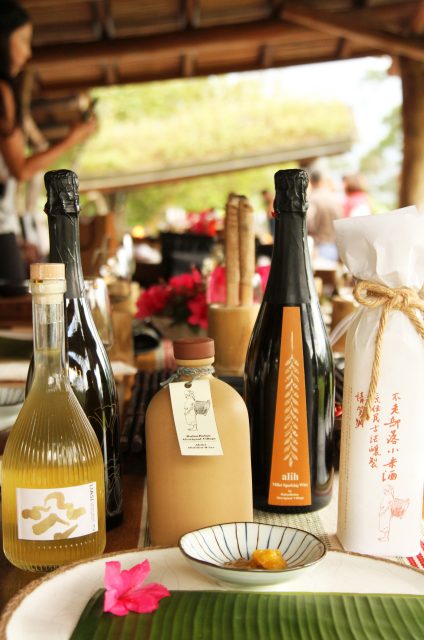
Millets have been hailed as superfoods by the United Nations for their sustainability and nutritional benefits, yet their low levels of cultivation in Taiwan are partly because of the challenges of cultivation.
“Millet is not difficult to plant but is very labour-intensive as it can only be harvested by hand,” explains Kwali, the leader of BulauBulau, an aboriginal village in Yilan County that produces native crops and millet wine.
This Atayal tribal village, perched on a 400-metre mountain terrace in northeastern Taiwan, was founded 21 years ago to preserve the traditions of the local community. Now open to the public, it hosts 30 guests daily, with bookings sold out six months in advance.
To achieve self-sufficiency, BulauBulau villagers cultivate various crops, including millets. Initially, they struggled with scarce seed sources but eventually obtained seeds from an elderly woman from another tribe. Now, they own two hectares of millet fields, primarily for millet wine production.
Among non-indigenous Taiwanese, millet wine has long been misunderstood as a sweet alcoholic drink and a mere souvenir. However, BulauBulau is working to transform this perception with a range of innovative offerings distributed through exclusive channels, elevating millet wine’s status.
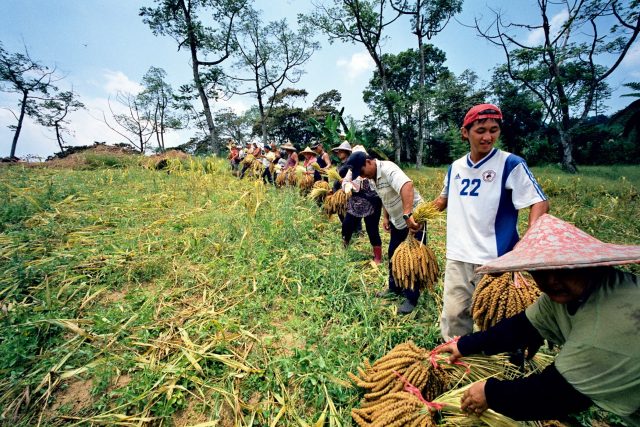
The village’s portfolio includes an extra dry traditional-method sparkling millet wine, which is now sold at chef André Chiang’s two-Michelin-starred RAW Taipei.
Collaborating with ‘sake samurai’ Michael Ou, BulauBulau has also crafted a sake-inspired variant reminiscent of a Mâcon Chardonnay.
Additionally, it produces a robust distilled millet liquor at 58% ABV, which is featured on the wine-pairing menu at Villa 32 Taipei, a high-end Relais & Châteaux hotel in the Taiwanese capital.
Partner Content
“In Taiwan, there’s a prevailing stereotype against millet wine, and not many have actually tried it,” explains Chen Ting-Hsin, head sommelier at Villa 32 Taipei. “We tell the story of the drink, and offer guests a taste of the millet spirit as a digestif. They are pleasantly surprised by its purity and quality, often purchasing a bottle to take home.”
Millet wine production at BulauBulau remains deliberately small in scale, aiming to inspire other tribes to cultivate millet and create unique wines reflecting their own terroir.
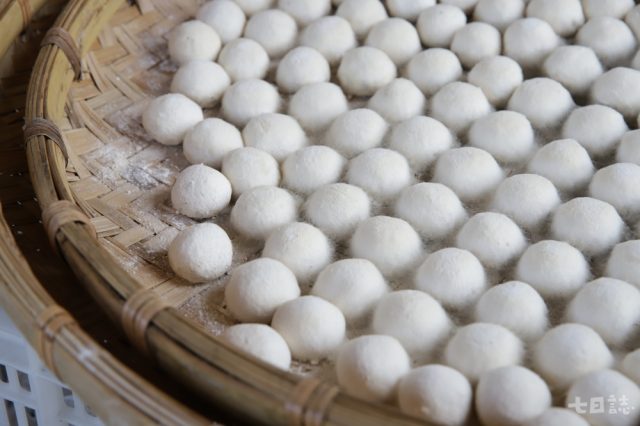
Millets, thriving in drier conditions at higher altitudes, impart a light yellow hue, with a sour, savoury profile, contrasting with the paler, smoother, and sweeter glutinous rice wine.
“As far as I know, for at least five generations, glutinous rice was favoured in our tribes for its ease of cultivation, as we are at lower altitudes near the coast,” explains Liliw.
Each tribe has its own winemaking recipe, with the secret lying in the jiu chu, which incorporates between three and 13 local herbs. These are boiled, reduced, mixed with ground grains, and sun-dried, ready to be used for a fermentation process lasting for two to three weeks.
Truly Wine sources glutinous rice in eastern Taiwan. Apart from making its own jiu chu, Truly Wine is influenced by wine expert and natural wine advocate Lin Yusen, and makes low-intervention glutinous rice wine without adding sulfites.
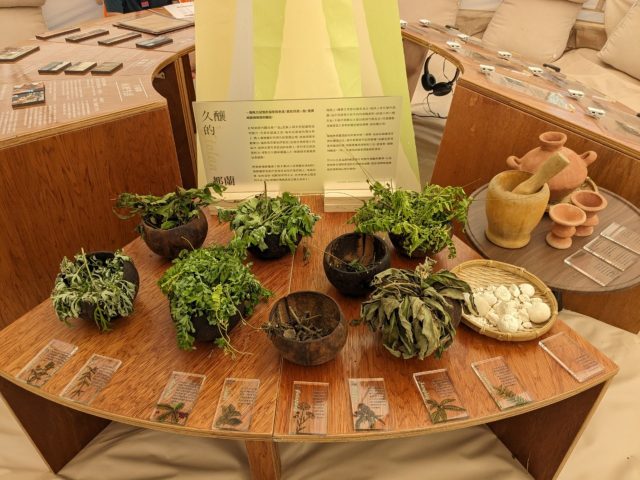
The couple diligently attend trade shows to share their story and target consumers and premium off-trade channels, but their dedication to low-intervention methods have created obstacles when it comes to export markets.
“This philosophy might cost us in the export markets due to temperature fluctuations during transportation, but we are working on it,” says Liliw.
Like BulauBulau, Truly Wine collaborates with experts in different fields. One unique project, Malikuda, meaning “hand-holding” in the indigenous language, highlights Taiwan’s Austronesian link. Research shows indigenous Taiwanese have strong links to Austronesians, who possibly migrated from Taiwan as far as New Zealand and Easter Island.
Malikuda co-ferments Taiwanese hybrid grapes from Weightstone Winery with Truly Wine’s glutinous rice wine, adds wort from Sunmai Brewery, and blends wine from New Zealand’s Kindeli Winery.
The couple debuted their Malikuda, with a rounded texture and flavours of grains and grapes internationally at Raw Wine Tokyo in May this year.
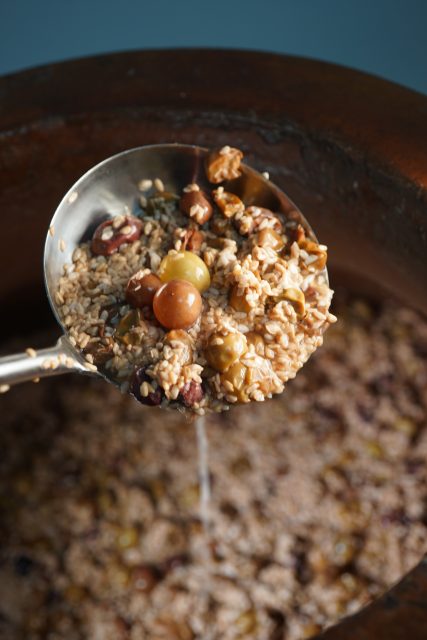
The offer of something new and unique is piquing international interest.
Marcie Chan, head brewer at Sunmai Brewery, one of the brains behind the project, noted: “People are curious. Few know Taiwan produces wine, let alone about indigenous winemaking traditions or Austronesian links. This unfamiliarity means no stereotypes or prejudices, resulting in overwhelmingly positive feedback.”
Taiwan’s indigenous winemaking revival marks a small yet meaningful step towards ethnic reconciliation, blending ancient techniques with modern innovation. It honours indigenous heritage, fosters community pride, and introduces high-quality, heritage-infused wines awaiting discovery on this East Asian island.
Related news
'Organic farming is about collaboration at its core'
EU releases measures to support 'struggling wine industry'
Freixenet celebrates Mother's Day with multi-channel activations


